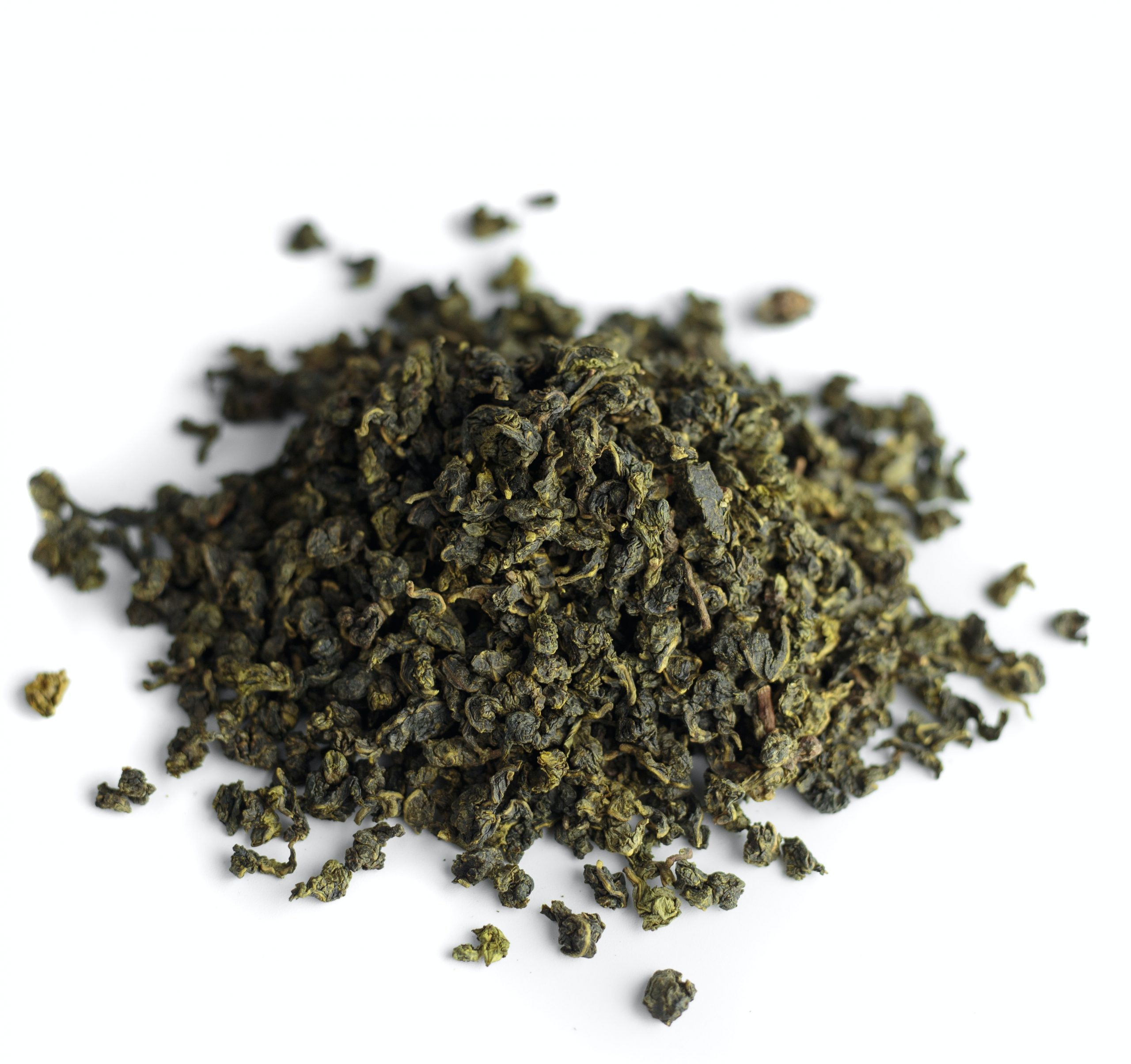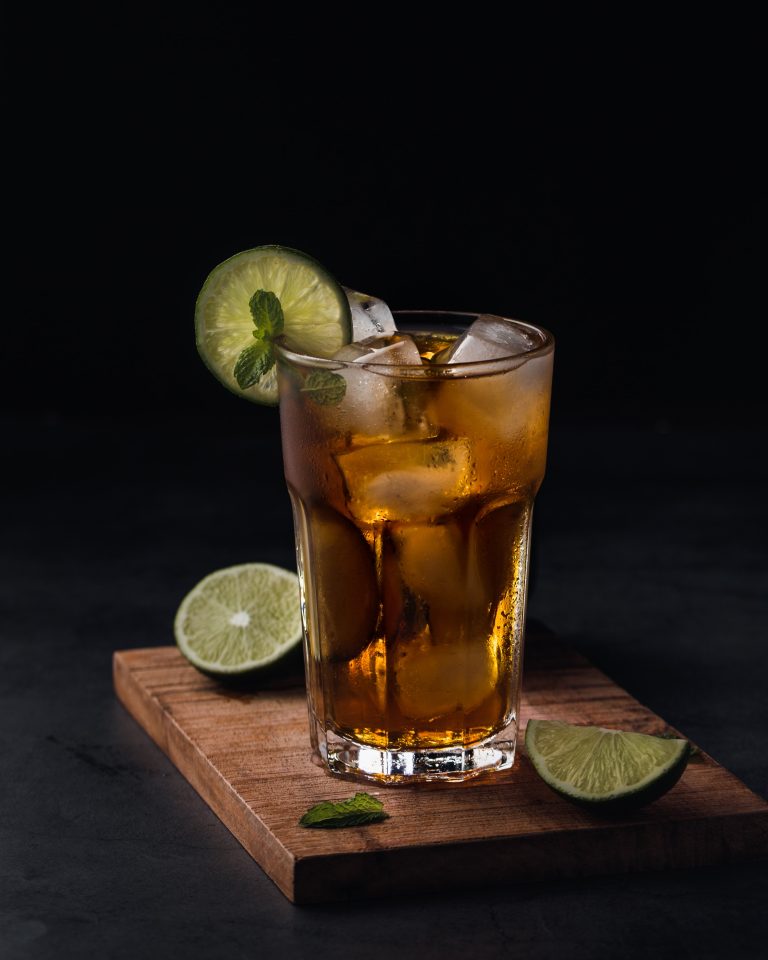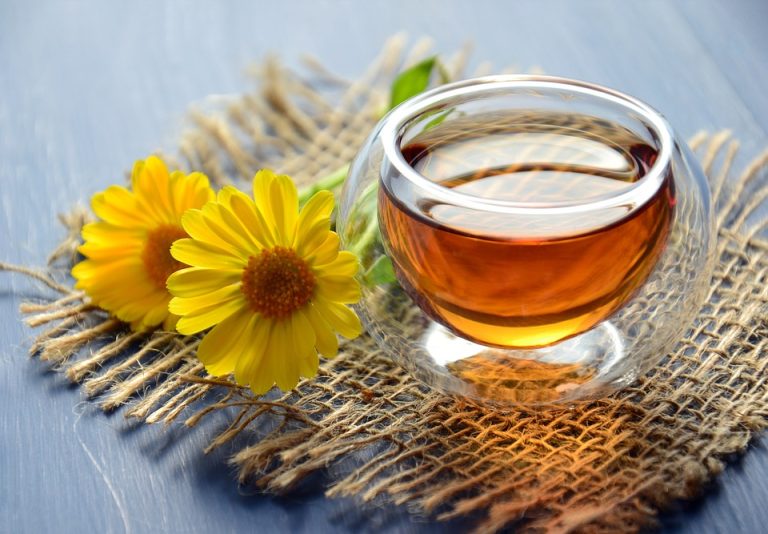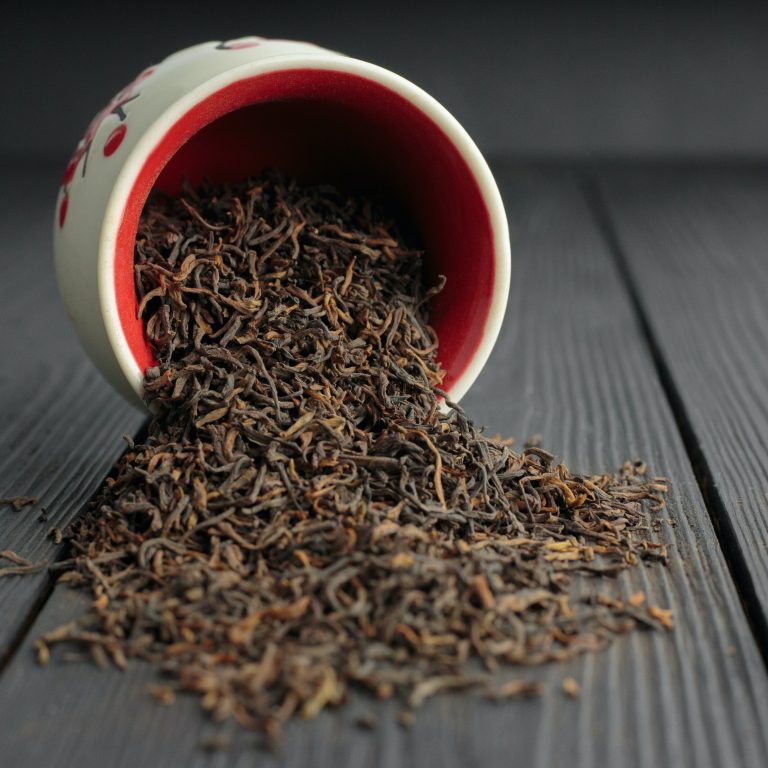Ceylon Green Tea vs Indian Green Tea
China and Japan produce the majority of the world’s green tea. In truth, green tea originated in China.
Green tea was born centuries ago before other tea processing procedures were invented when tea harvesters simply dried tea leaves in the sun before storing them. It swiftly acquired popularity in this region of the world.
Even when the processing of black tea began, it did not outsell green tea. Green tea is still a popular beverage choice today.
China and Japan produce the majority of the world’s green tea. In truth, green tea originated in China.
Green tea was born centuries ago before other tea processing procedures were invented when tea harvesters simply dried tea leaves in the sun before storing them. It swiftly acquired popularity in this region of the world.
Even when the processing of black tea began, it did not outsell green tea. Green tea is still a popular beverage choice today. Green tea is still significantly more popular in Asia than other tea varietals, and the majority of green tea consumed in the Western world is manufactured in China or Japan.
However, when it comes to green tea, we should not overlook Sri Lanka and India. Both nations produce high-quality green tea with different characteristics.
Green teas from Sri Lanka and India are less widespread than Asian green teas, and many people are unaware that these nations produce green tea. However, one taste of Ceylon or Indian green tea will certainly leave you wanting more.
Sri Lankan Green Tea
Sri Lanka produces Ceylon tea. Tea is produced throughout a four thousand square mile region in the highlands of Sri Lanka. Ceylon green teas have a robust body, are slightly aromatic, and have a nutty or malty flavor. Ceylon green teas have a strong, vivid taste.
The leaves are darker before brewing, and the resulting liquid is deeper and richer than other Asian green teas. Most Ceylon green teas are termed in the same way as Chinese teas, with leaf forms such as gunpowder, for example.
Ceylon is now regarded as a small green tea grower. However, if the demand for green tea develops, more green tea will certainly be grown in Sri Lanka.
Indian Green Tea
Assam and Darjeeling are green tea varieties growing in India. Each tea has different flavors and properties. They are becoming increasingly popular in the world.
Assam tea is cultivated in northeast India, on the border with Burma.
Apart from China, this region of India produces the most black tea in the world each year. They produce 1,500,000 pounds each year. Assam green tea is relatively new to the market, but it is gradually gaining traction.
Assam green tea is normally a medium-bodied, delicious tea. Assam green teas, like Assam black teas, are malty. They have distinct undertones of honey taste.
Assam green tea typically brews with minimal bitterness. This type of green tea makes it an excellent choice for first-time green tea consumers. Black Assam teas are more commonly used as blends than as single teas. Assam greens are less frequently combined.
Darjeeling green teas are cultivated at altitudes ranging from 4,000 to 10,000 feet above sea level. The weather in Darjeeling is chilly and there is usually always a mist. Darjeeling’s altitude, the chilly mist, and the ideal drainage of the land here produce a tea with a unique muscadine flavor. Darjeeling is often described as a very calming tea.
Darjeeling black teas are highly valued by the British. This type of black tea is one of their favorite afternoon teas.
India’s Darjeeling area has become linked with tea production. In fact, many people go up the Himalayan train to Darjeeling only to see the lovely tea estates.
Darjeeling is one of the world’s largest tea-producing locations, yet green tea accounts for just a small portion of the tea produced there. Darjeeling green tea is unlike any other tea cultivated elsewhere in the world. It has a floral fragrance and is gentler than black Darjeeling tea.
Darjeeling green tea combines the grassy flavor of regular green tea. It has a Muscat flavor that distinguishes all Darjeeling teas.
Because India and Sri Lanka are very new to green tea cultivation.
India and Sri Lanka produce significantly less green tea than Asia. Therefore, getting Ceylon and Indian green teas may be challenging. They are becoming more popular and will be simpler to find.
There are just a few tea shops in the United States that sell these types of green tea. If you’ve been disappointed by the flavor of Asian green teas, you may have concluded that you’re not a green tea drinker. However, before you abandon green tea, one of the healthiest liquids you can consume, try Ceylon or Indian green teas. They may be difficult to locate, yet







